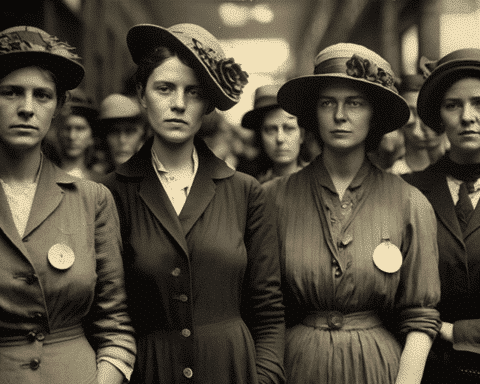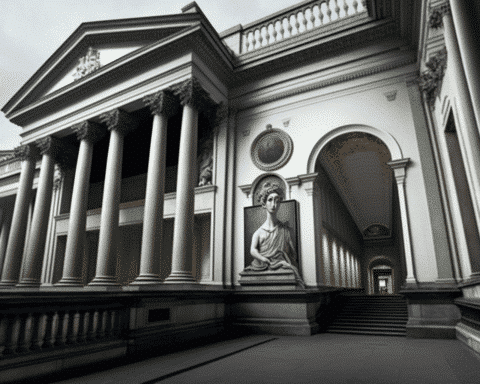An upcoming exhibition at the University of Cambridge library, “Rising Tide,” celebrates women’s long fight for equal access to higher education. Shockingly, women weren’t allowed to graduate from Cambridge on similar terms until 1948, a time still within living memory.
The exhibition reveals the significant resistance, even violence, against women pursuing equal education rights at Cambridge. This includes evidence of a firework thrown by protesters in 1897 who rioted against the idea of women earning degrees.
Despite the opposition, women eventually revolutionized Cambridge’s education system. While the university was slow to permit women to graduate, it was a pioneer in admitting them. The exhibition marks the 150th anniversary of women being allowed to study at Girton College, a radical and controversial move at the time.
Lucy Delap, a Cambridge historian and curator of the exhibition, acknowledges that allowing women to study was the beginning of their fight for equal education. Women were prohibited from taking the same exams as men until the 1880s or attending lectures until the 1920s. Even after winning the right to graduate in 1948, female students faced a quota system until the early 1960s.
The exhibition highlights how the arrival of women at Cambridge challenged the assumptions about their intellectual capabilities. Female students excelled in exams, even though they couldn’t graduate, supporting the fight for women’s right to vote. Despite a public petition, however, women’s push to become graduates was initially rejected.
Some women found alternative ways to obtain degrees, such as attending other universities or producing their degree certificates. Between 1904 and 1907, hundreds of Cambridge women graduated via Trinity College Dublin through an arrangement known as the “steamboat ladies.”
By the late 1940s, denying women degrees became indefensible, and the gender gap in higher education shifted to the underrepresentation of male students. The exhibition demonstrates how attitudes can transform and inspires hope for continued institutional change. The ongoing debates about inclusion, reform, and justice show the potential for future progress.
The “Rising Tide” exhibition encourages visitors to reflect on the past struggles of women in higher education and consider the ongoing issues surrounding gender, diversity, and equality in academia today. As more women have gained access to education, their contributions to various fields have become increasingly recognized, proving that dismantling barriers leads to a more prosperous intellectual environment.
It is essential to continue the conversation on inclusion and equal opportunities for all, regardless of gender, race, or socio-economic background. We can shape a more equitable and innovative academic landscape for future generations by addressing these challenges and working together.




